The Power of Character Arcs – From Flaws to Triumphs.
Ever been glued to a screen, cheering for a character like they’re your best friend, or shaking your head like, “No, don’t do it!”? That’s the magic of a great character arc.
Watching a character grow, evolve, or self-destruct is one of the most satisfying parts of storytelling—it’s what makes a good movie or show stick with us long after we’ve finished the popcorn.
So, let’s dive into character arcs: the good, the bad, and the omg-what-just-happened.
Wait, What’s a Character Arc?Imagine a character going through a personal makeover, but instead of a shiny new wardrobe, they’re changing on the inside. That’s a character arc!
It’s the journey a character takes—from where they start, to what shakes them up, and how they end up by the final scene. Sometimes they grow into better versions of themselves (yay!), sometimes they spiral into darkness (oh no!), and sometimes they stay the same but change the world around them (boss move).
A killer character arc makes a story unforgettable. Without it? You’re left with flat, boring characters, and nobody has time for that.
The Big Three Types of Character Arcs.There’s no one-size-fits-all when it comes to character arcs, but most arcs fit into three broad categories. Let’s explore them, shall we?
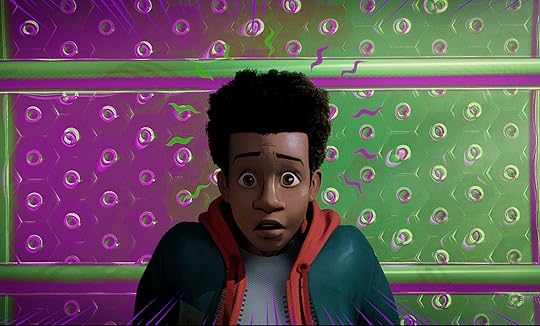 #1 – The Glow-Up Arc (Positive Arc).
#1 – The Glow-Up Arc (Positive Arc).
Ah, the classic glow-up! This is your typical Hero’s Journey, feel-good arc where the character starts off flawed or uncertain, but by the end, they’re conquering their fears and becoming their best self. Think of it as a transformation where we can’t help but cheer them on as they become the hero we always knew they could be.
Take Miles Morales in Spider-Man: Into the Spider-Verse. He’s a teenager just trying to find his place in the world, unsure of his powers and overwhelmed by his new responsibilities. But by the end of the movie? He’s literally rocking his own Spidey suit and saving the multiverse! The arc shows a young man finding his courage, embracing his powers, and stepping up to a challenge bigger than he ever imagined. It’s the ultimate glow-up!
Why we love it: Watching someone rise to the challenge reminds us that, hey, maybe we can handle our own messes too. We see them grow and learn—and if they can do it, maybe we can too.
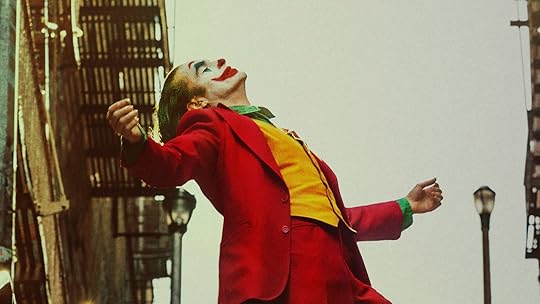 #2 – The Downward Spiral (Negative Arc).
#2 – The Downward Spiral (Negative Arc).
Not every story has a happy ending. In fact, some arcs dive straight into a downward spiral. In these stories, the character makes all the wrong choices, gives in to their darker instincts, and spirals into tragedy. These arcs can be heartbreaking but totally compelling, keeping us glued to the screen to watch what happens next.
Arthur Fleck in Joker is a haunting example of a downward spiral. Arthur starts as a struggling comedian, a man rejected by society and battling mental illness. All he wants is to make people laugh, to be loved, and to feel seen. But the cruelty and neglect he faces in Gotham push him to the brink. As his mind unravels, Arthur transforms into the chaotic, violent Joker, embracing the very madness that once tormented him.
Why we can’t look away: Arthur’s arc isn’t just about one man’s fall—it’s a chilling commentary on the cracks in society and how neglect and marginalization can create monsters. Watching his descent into madness feels like a warning, and it’s both tragic and terrifying to witness.
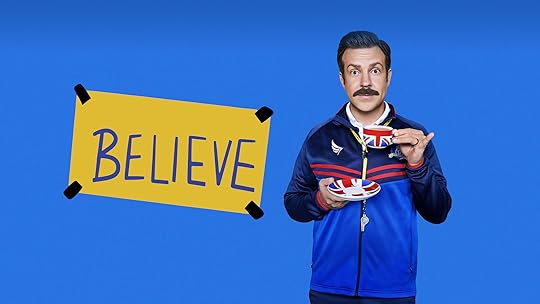 #3 – The Steady Rock (Flat Arc).
#3 – The Steady Rock (Flat Arc).
Not every character arc involves massive internal change. Sometimes, the character stays essentially the same—steadfast and strong in their beliefs. Instead of evolving, these characters inspire those around them to change. These are the heroes who walk into a room and make everyone else rethink their life choices.
Ted Lasso in Ted Lasso is the ultimate example of this type of arc. Ted doesn’t change much throughout the series—he’s still the same relentlessly positive, kind, and goofy guy who believes in people’s potential. However, his unwavering optimism completely transforms the AFC Richmond football team, shifting the culture and the hearts of everyone around him.
Why it works: Ted shows us that you don’t always need to change yourself to make a difference. Sometimes, just sticking to your values and being a good, empathetic person can inspire massive change. Plus, who doesn’t love a mustached, football-coaching ball of joy?
The Three Stages of a Great Arc.So, how do these arcs actually play out? Well, no matter what type of arc we’re dealing with, every character journey follows three key stages: the Starting Line, the Messy Middle, and the Finish Line.
 #1. The Starting Line – Flaws and Conflicts.
#1. The Starting Line – Flaws and Conflicts.
Every great arc begins with a character who’s either flawed, stuck, or facing a big challenge. This is where we meet them and think, “Hmm, they’ve got some work to do.” But it’s also what makes their transformation so satisfying.
In Frozen, Elsa starts off as a woman so consumed by fear that she isolates herself from her sister and the world. Her childhood trauma—accidentally hurting Anna with her powers—leaves her afraid of her own emotions. Her flaw is clear: She believes the only way to protect others is to shut herself off entirely. Cue the beginning of her incredible transformation.
Why it works: Elsa’s struggle is one we can all relate to. Who hasn’t felt like we had to hide part of ourselves because we were afraid it might hurt someone else? We immediately connect with her fear, and that hooks us into her journey.
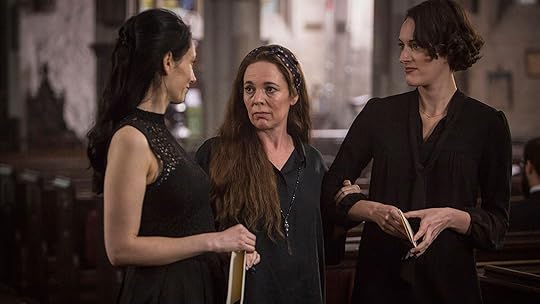 2. The Messy Middle – Challenges and Growth.
2. The Messy Middle – Challenges and Growth.
Ah, the messy middle. This is where the good stuff happens. The character faces obstacles that challenge their beliefs and force them to grow—or, if they’re heading for a negative arc, pull them further into their flaws.
Fleabag offers a perfect example of the messy middle. When we meet Fleabag, she’s a hot mess—grappling with grief, guilt, and some seriously questionable life choices. Her biting humor and chaotic lifestyle mask a deeper pain stemming from her best friend’s death and her fractured family relationships.
In Season 2, Fleabag tries to fix some of her messiness, attending family dinners, confronting her strained relationship with her sister Claire, and, most notably, falling for the “Hot Priest.” While she’s still making some bad decisions, there’s a noticeable shift as she begins confronting her trauma and trying to heal.
Why it’s brilliant: The messy middle of Fleabag’s arc is hilarious, awkward, and deeply moving. It’s raw and real, showing that change isn’t easy. But that’s what makes the growth at the end of the series so impactful.
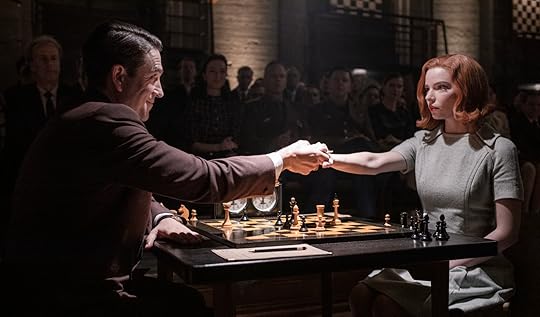 3. The Finish Line: Transformation or Tragedy
3. The Finish Line: Transformation or Tragedy
Every character arc culminates in the finish line, where the character either overcomes their flaws (positive arc), succumbs to them (negative arc), or stands firm in their beliefs while the world changes around them (flat arc).
Beth Harmon in The Queen’s Gambit offers a beautiful example of a finish line that feels earned. Beth starts her journey as a lonely, traumatized orphan with a gift for chess. As she rises through the ranks of the chess world, she battles addiction, isolation, and self-doubt. But the real triumph is not just in her chess skills—it’s in her emotional growth.
By the end of the series, Beth faces her most formidable opponent, Vasily Borgov, the world chess champion. But the true victory is when she learns to rely on others and shed the isolation she’s built around herself. She’s no longer defined by her demons.
Why it works: Beth’s arc is satisfying because it’s not just about winning the game. It’s about learning to embrace connection and overcome personal struggles, which makes her final victory feel deeply earned.
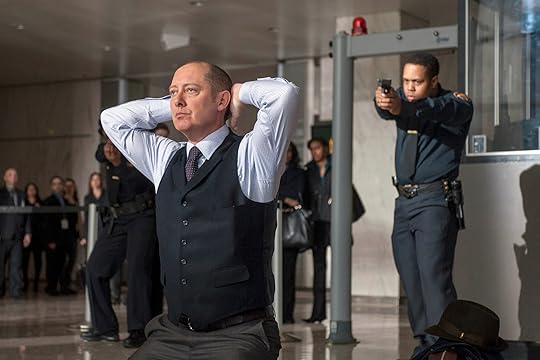 Complex Arcs – When It’s Not So Simple.
Complex Arcs – When It’s Not So Simple.
Sometimes, character arcs are more complicated than the straightforward hero’s journey. Some characters zigzag through growth and setbacks, keeping us guessing until the very end.
Raymond “Red” Reddington in The Blacklist is a fantastic example. Red starts as a criminal mastermind with a mysterious past, offering his expertise to the FBI. At first, he appears to be the villain, but as we learn more about him, we realize he’s not just a criminal—he’s also driven by a complex web of emotions, guilt, and a desire for redemption. Red’s journey is full of moral gray areas, making his arc unpredictable and fascinating.
Why it’s compelling: Red’s arc keeps us on our toes. Is he a villain or a tragic anti-hero? We’re never quite sure, but that uncertainty makes him one of TV’s most compelling characters.
Crafting a Memorable Arc.
Want to create an unforgettable character arc? Here’s a quick guide:
Throw in Challenges: Growth doesn’t happen in a vacuum. Your character needs to face obstacles—internal and external—to evolve.
Make it Personal: The more personal the stakes, the more powerful the arc. Make sure your character’s journey matters to them (and to your audience).
End with Impact: Whether they win or lose, make sure the conclusion resonates. Growth, or tragedy, should feel earned.
In Conclusion – Character arcs are more than just plot points—they’re the heart of storytelling. They make us care, make us cheer, and sometimes, make us cry. A great character arc is like a well-written letter, capturing everything we’re too afraid to say, showing us what we can become, or warning us of what we might become if we’re not careful.
Now it’s YOUR turn – What’s your favourite character arc? Who’s the hero (or anti-hero) who’s stuck with you long after the credits rolled?
Would love to get your input in the comment box below.
The post The Power of Character Arcs – From Flaws to Triumphs. appeared first on Vered Neta.



